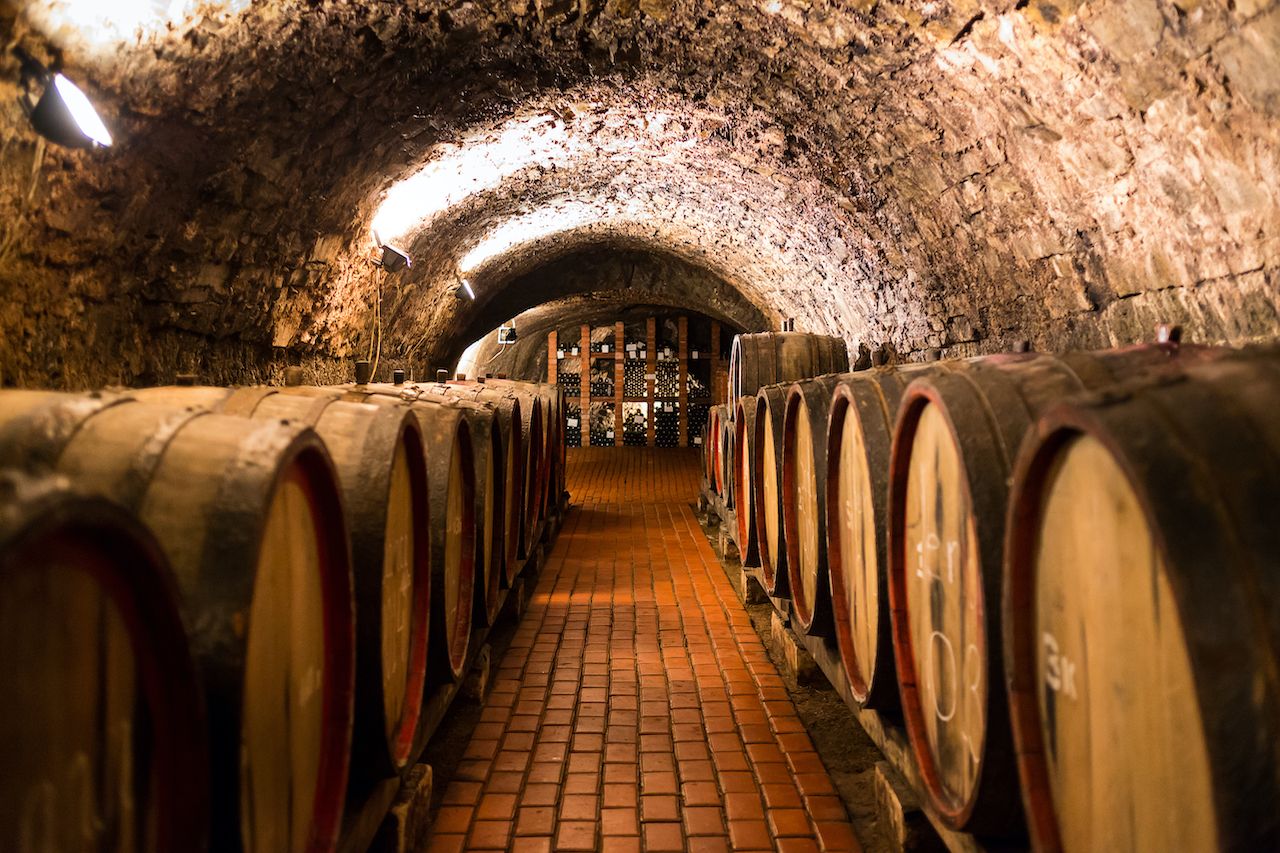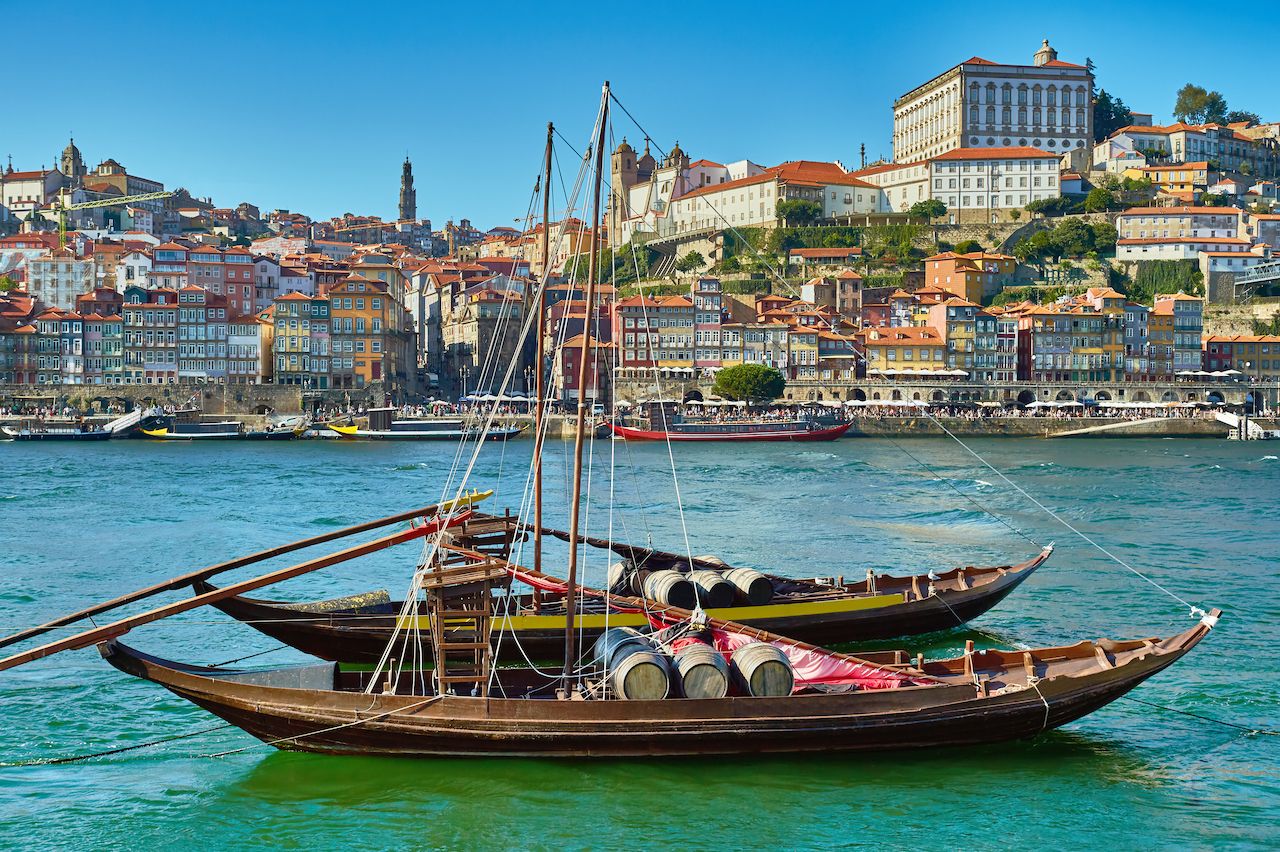In the world of wine, location is everything. So much so that the most famous wine styles in the world are known first and foremost by where they’re made. And just as a region’s history shapes the wine made there, the wine shapes the region’s history. A classic example of this is Porto, Portugal, which defines, and is defined by, Port wine.
“Port is a style of wine that has one of the greatest histories in the world of fine wine,” says David Guimaraens, a winemaker with the Port house Taylor Fladgate. “That history goes back over three centuries, and it’s a beautiful history because it’s a combination of the craftsmanship of merchants in the city of Porto and the hard work of many families in what is one of the most beautiful wine regions in the world, the Douro Valley, and how these two over time worked to create the style of Port wine.”


